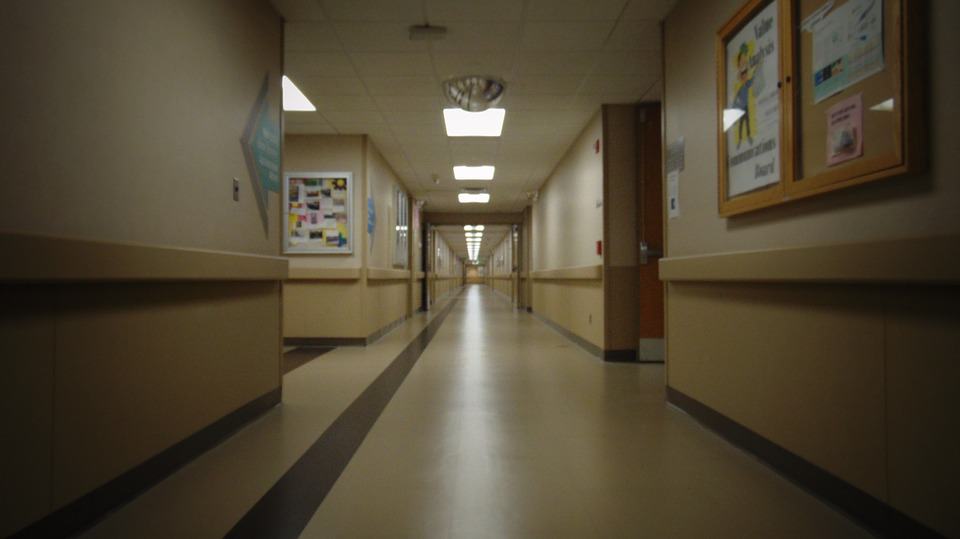
 Far too often, those we trust with helping us heal become hurt themselves in that line of duty. Nurses and other hospital workers bear some of the highest rates of work-related injuries of any profession. According to a report by the Occupational Safety and Health Administration (OSHA) in 2011, hospital employees are hurt on the job more often than construction workers.
Far too often, those we trust with helping us heal become hurt themselves in that line of duty. Nurses and other hospital workers bear some of the highest rates of work-related injuries of any profession. According to a report by the Occupational Safety and Health Administration (OSHA) in 2011, hospital employees are hurt on the job more often than construction workers.
There are, of course, many hazards in a hospital that can lead to a work-related injury, but the two most common causes include heavy lifting and slips and falls on floors and other surfaces. With proper care and training, these accidents could be avoided. Instead, nurses and other staff suffer at such a high rate.
Nearly half of hospital worker injuries are the result of overexertion. Lifting and moving heavy patients can lead to strains and sprains if done incorrectly. According to a study by the National Institute for Occupational Safety and Health, facilities that installed equipment for lifting patients and trained nurses and staff on its use saw a 61% decrease in workers' compensation claims associated with patient handling.
The American Nursing Association supports safe patient handling and mobility standards. A bill currently under review by Congress would require health care providers to implement safe handling procedures to protect nurses and staff. In the meantime, OSHA provides a number of resources for providers to train nurses and staff on safe patient handling.
According to OSHA's study, 25% of hospital work injuries result from "slips, trips, and falls." Obviously, floors and surfaces in a hospital can be exposed to all manner of substances that will make them slippery. In the rush of an emergency, or perhaps after a long, tiring shift, hospital workers slip and suffer bruises, sprains, or worse.
The Centers for Disease Control list the following as the top ten causes of slips and falls among hospital workers:
If you are a nurse or hospital worker, your chances of getting hurt on the job are greater than those working in many other professions. It's important that we look out for the wellness and rights of those who look out for ours! If you do suffer a work-related injury, you should know your rights. Dugan & Associates has the experience to help you with your workers' compensation case. Contact us for a free consultation.
"*" indicates required fields